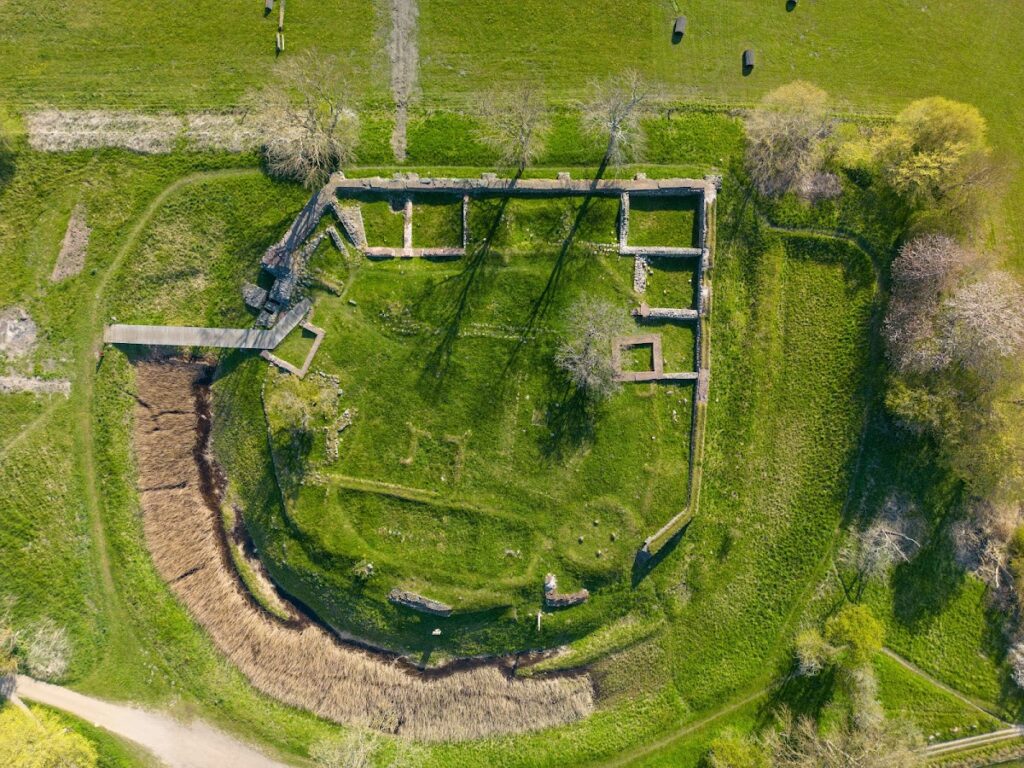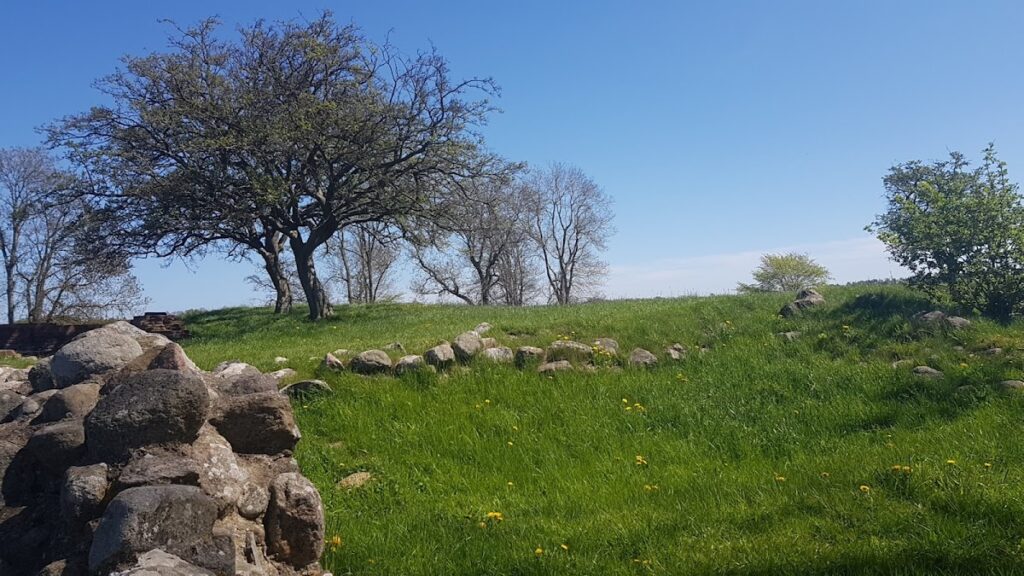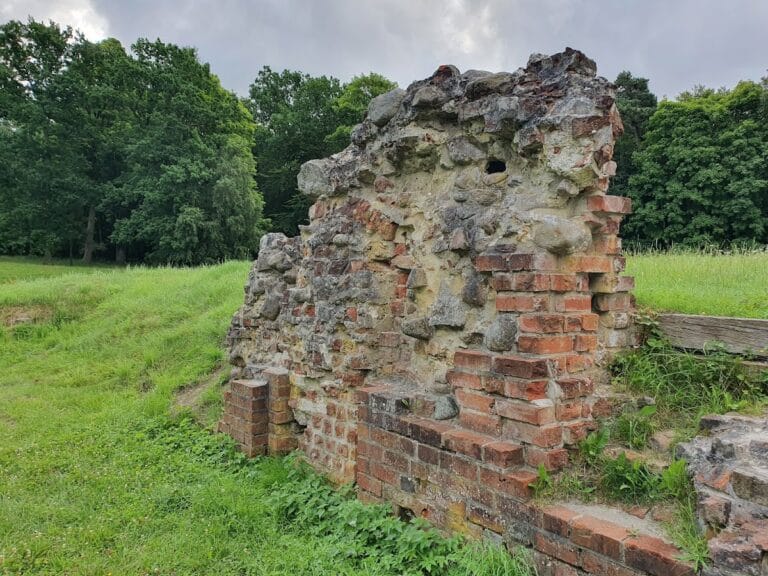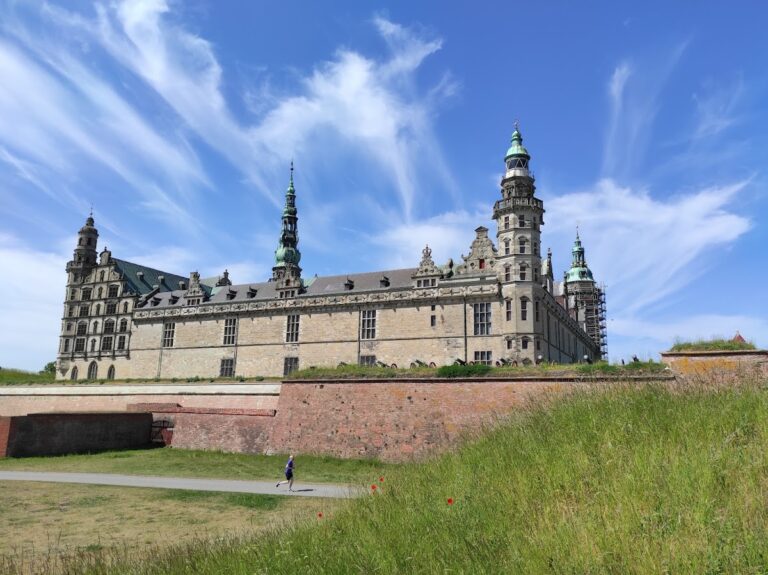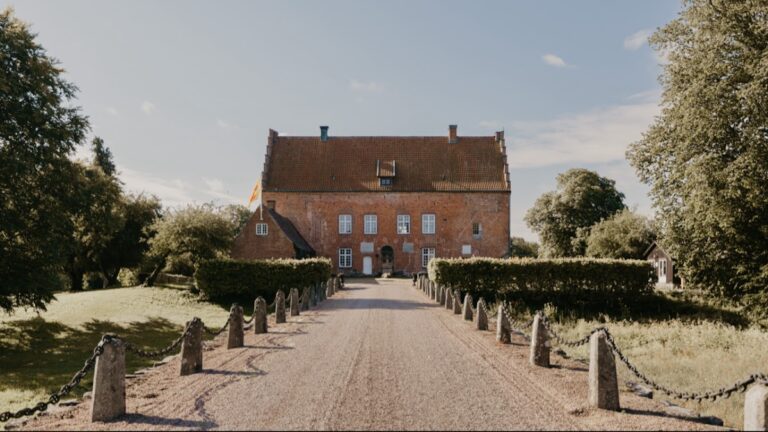Søborg Castle: A Medieval Danish Fortress and Historical Site
Visitor Information
Google Rating: 4.1
Popularity: Low
Google Maps: View on Google Maps
Official Website: www.skovognatur.dk
Country: Denmark
Civilization: Unclassified
Remains: Military
History
Søborg Castle, located in the municipality of Gilleleje in Denmark, was originally established by Danish builders during the medieval period. Its earliest documentary mentions date back to the 12th century, when the castle was recorded as being transferred from the Danish king to the Bishop of Roskilde.
Traditionally, Archbishop Eskil of Lund, who lived during the 12th century, has been associated with transforming earlier structures into a fortified stronghold featuring walls and a moat. However, no direct archaeological or written evidence confirms his involvement at Søborg Castle. The castle occupied an island positioned within a fjord connected to the Kattegat Sea near the town of Gilleleje. Over time, this fjord became known as Søborg Sø, a lake created after the original waters were drained between 1872 and 1896.
Throughout the Middle Ages, Søborg Castle stood as one of Denmark’s most formidable fortresses. It was not only a defensive stronghold but also served as a prison for prominent figures. Among its notable prisoners were Bishop Valdemar, held from 1198 to 1206; Valdemar IV, Duke of Schleswig, who was confined there in 1285–86; and Archbishop Jens Grand. The castle also has royal significance as the birthplace of Queen Margaret I in 1353, who was born while her mother was detained at Søborg by King Valdemar IV.
The castle remained actively inhabited until the turbulent events of the Count’s Feud (Grevens Fejde) in 1534–35, a conflict during which it was destroyed. Several decades later, in 1577, permission was granted to the local feudal tenant to quarry stones from the ruined walls of Søborg, marking the beginning of its decline as a standing fortress.
Archaeological work in 1985, led by Robert Egevang and Søren Frandsen, provided new insights into the castle’s development. Their investigations tied the origins of the octagonal tower and surrounding rampart to an earlier phase of construction, while dating the main palace—the central residential building—to the late 13th century. This timeline places the palace’s construction after Archbishop Eskil’s death in 1181, clarifying aspects of the castle’s architectural history and its medieval evolution.
Remains
The remains at Søborg Castle reveal a complex fortified site featuring strong defensive works and significant medieval masonry. The castle was enclosed by a broad earthen rampart roughly 11 meters wide, which encircled the entire site. This rampart was built during the same period as an adjacent octagonal tower, a distinctive structure constructed from brick. The use of brick was a relatively new building technique in Denmark at the time, brought by craftsmen from Lombardy in northern Italy, and the bricks at Søborg show irregular shapes and sizes, reflecting the early stages of brick production in the country.
The octagonal tower served as a key defensive point within the castle’s fortifications and was likely prominent due to its shape and sturdy brick construction. Later, the main palace or palatium was built within the stronghold, but this structure dates to the late 13th century, indicating that the tower and ramparts predated the palace. The palace formed the residential and administrative heart of the castle complex.
The castle’s defensive system was integrated with its natural surroundings. It stood on an island surrounded by a moat linked to a nearby fjord that connected to the sea. This water barrier was crucial to the castle’s protection during medieval times. Over subsequent centuries, the fjord was drained and transformed into land, altering the original landscape drastically.
The building materials at Søborg demonstrate early Danish brick-making techniques with bricks notably smaller than those used in some other contemporary sites, such as Ringsted and Sorø. This variation aligns with regional practices and the infancy of brick technology in Denmark.
Close to the castle, Søborg Church was established around 1180 as part of the emerging market town and served the religious needs connected to the castle’s community. The church remains part of the site’s historical fabric, illustrating the close relationship between ecclesiastical institutions and fortified centers in medieval Denmark.


